This release brings automatic scaling and handling of Retina screens to the desktop platforms, in line with the existing iOS and Android support. Also in this release open SSL and encryption support have been added for the mobile platforms. LiveCode continues to increase the feature parity available on all six supported platforms it offers.
We recognize that whilst the mobile platforms are continuing to grow and mature in terms of apps and development, the desktop platforms are vitally important to developers and end users alike. We are proud to offer seamless support for a huge variety of screen sizes, shapes and densities with LiveCode 6.6. Now you can write the same single line of code to handle scaling for your app on the smallest Android device and the largest Mac Retina screens.
Here is everything that is new in LiveCode 6.6
Assert Command (Experimental)
A new assert command has been added to help people who wish to write tests. It was primarily written to support in-house testing of LiveCode but has been documented in the release notes so LiveCode developers can also make use of it with their projects.
High DPI support
High DPI support on windows and OSX has been added meaning LiveCode applications will now run at the native screen resolution on computers with high density screens. For example, the MacBook Pro now comes with a ‘retina’ screen which has 4x the number of pixels than a standard laptop screen. The extra pixels are there to make the apps on screen crisper, rather than provide more screen real estate. By default, the OS up scales applications implemented without High DPI support to the high density screens, resulting in some pixilation. LiveCode 6.6 now creates apps in the new format allowing the OS to render them at the true screen density. The result, your app looks beautiful!
LiveCode CTO Mark Waddingham talks about the High DPI in his blog post titled – Hi-speed HiDPI
ShowAll fullscreen mode
When running a stack in fullscreen mode you can tell LiveCode how you want your app to be scaled. In LiveCode 6.5 we added a number of scaling options and in 6.6 we added an additional one. ShowAll scales the stack preserving aspect ratio so all content within the stack rect is visible. Portions of the stack outside the stack rect will be visible if the scaled stack does not fit the screen exactly.
HTTPS through proxy
The desktop version of LibURL has been updated to support fetching HTTPS URLs through a proxy server. Anyone writing an app that was deployed to a network secured by proxy could not access internet based URLs. LiveCode now supports auto-detection of proxy server settings so that developer apps will automatically tunnel outside of a network with zero configuration.
Image Filtering Updates
Due to a degrade in the image resizing quality in 6.5, the image filtering algorithms have been updated for 6.6.
For LiveCode versions prior to 6.5, the image filtering algorithms were not universal across all platforms. "Good" resize quality used bilinear filtering and "best" used bicubic filtering for all platforms. However, "normal" differed. On Mac, box filtering was used. All other platforms applied no filtering.
For LiveCode versions prior to 6.5, all resize operations were cached (i.e. moving a resized image around did not cause the resize to be recalculated).
For LiveCode 6.5, the image filtering was united across all platforms, with no filtering being applied in "normal" mode, bilinear filtering being used in "good" mode and bicubic filtering being used in "best" mode.
For LiveCode 6.5, only "best" resize operations were cached (the acceleratedRendering mode should be used for caching in other modes). All others were calculated on the fly.
The bilinear filter used in 6.5 was of poorer quality when compared to pre 6.5. Additionally, the "normal" mode on Mac was poorer (due to the loss of the box filter). We’ve addressed this in LiveCode 6.6 by improving the image filtering algorithms across all platforms. "Normal" and "good" mode now use updated algorithms. "Best" mode remains as before.
It should be noted that the improvements to the filters used may cause a slight drop in performance. The final image filters and resize modes used has not been finalized and is open to user input.
iOS 7.1 Support
Support has been added for iOS 7.1. For OS 10.8 and 10.9, LiveCode now uses the iOS 7.1 SDK to produce device builds. As such, OS 10.8 and 10.9 users must have the iOS 7.1 SDK installed (which comes with Xcode 5.1) and configured in their mobile preferences in order to produce iOS device builds.
Open SSL & encryption
Open SSL & encryption support has been added to the iOS and Android engines (using LibOpenSSL version 1.0.1e). This allows developers to use the encrypt and decrypt commands on the mobile platforms in exactly the same way they would on desktop. In order to include the SSL and encryption libraries, developers must tick the "SSL & Encryption" checkbox in the iOS/Android pane of the standalone builder.
SQLite update
The version of SQLite has been updated to 3.8.3. We have also cleaned up the way you connect to the database making it simpler, as well as improving binary data support.
Binary data can now be placed into SQLite databases verbatim (without the encoding that used to occur) – this means databases can be made to contain binary data which is compatible with other applications. To utilize this functionality, the ‘binary’ option must be passed to the revOpenDatabase() call when creating the database connection (see below).
Stack Scale Factor
The new scaleFactor stack property allows you to set a custom scale factor for a stack. If you are working on a stack that is larger than your screen, you can ’zoom out’ by reducing the stack size via the scaleFactor property. The stack appears smaller and all assets are scaled, however, the stack still reports to be its native size.
Hashbangs recognized
Hashbangs ‘#!’ is now recognized by LiveCode Server – this brings the LC Server engine more in line with expected behaviors in the Unix/server scripting world.
55 bug fixes
55 bugs have been fixed in this release making it more stable than previous releases.
Get LiveCode 6.6
Your LiveCode install should prompt you to download this latest release. Alternatively you can download the latest release from the LiveCode Download area
read more
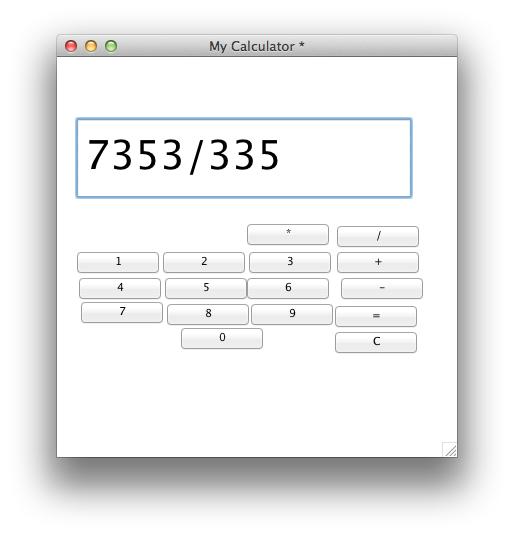

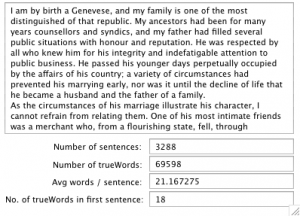
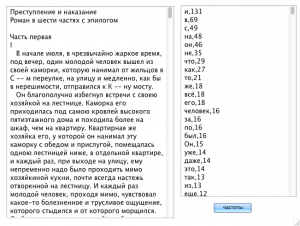
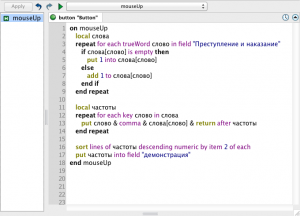

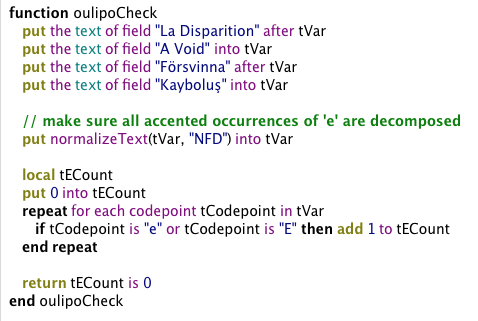

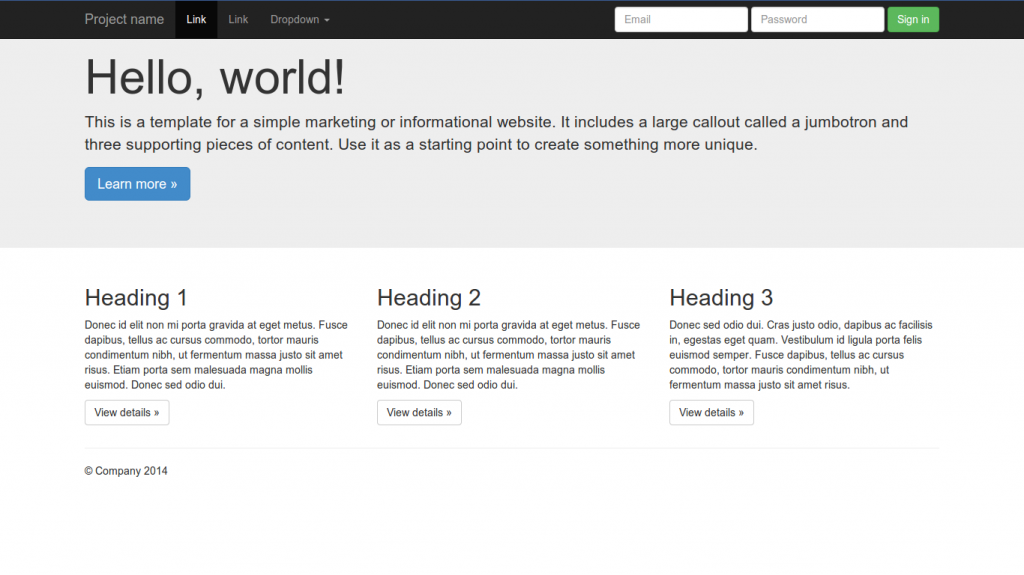

Recent Comments